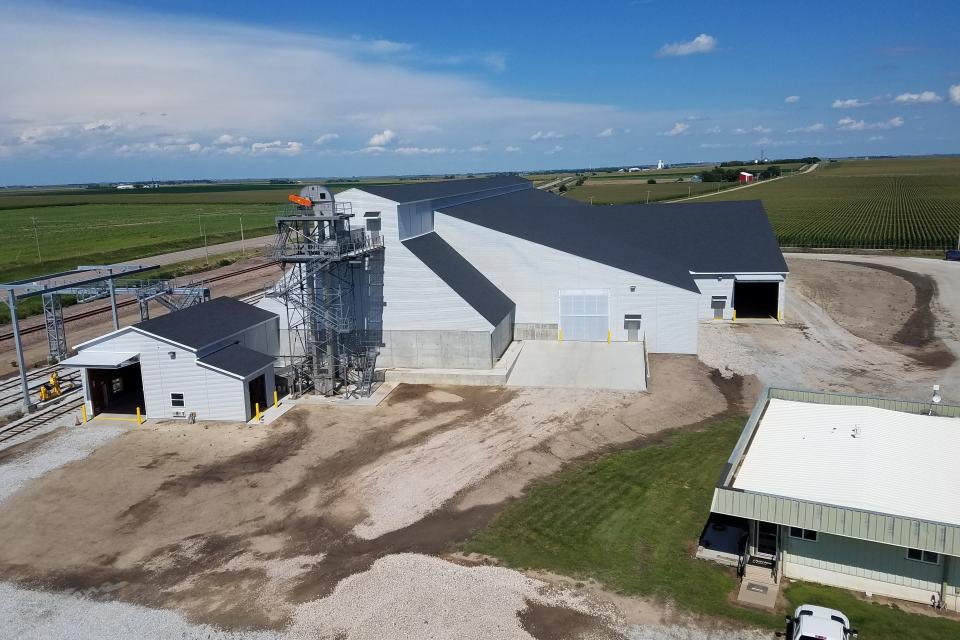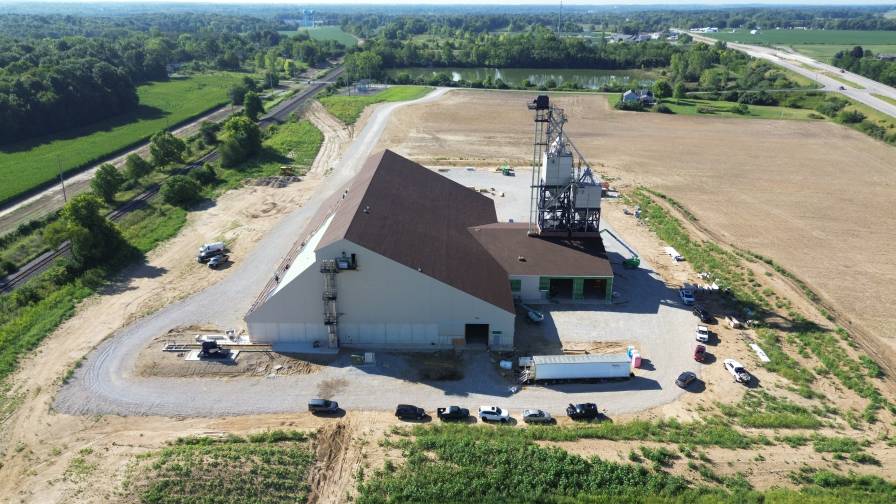The Whys Of Agriculture
During 2016, there have been myriad challenges facing the whole agricultural industry. Such wide ranging issues as water protection, sustainable agriculture, and an increasingly difficult-to-navigate regulatory process have forced many agricultural companies to take a good, hard look at what the future might hold. In an attempt to sort through this question of why, given current conditions, companies should continue to invest in agriculture, the 2016 annual Mid America CropLife Association (MACA) meeting featured a panel discussion with representatives from three crop protection product suppliers.
According to Adam Burnhams, General Manager for SipcamRotam, the major reason why agriculture remains an attractive prospect for companies ties back to its ultimate goal: Feeding the world’s growing population. “While we are meeting here today at the MACA annual meeting, an additional 90,000 people have been added to the global population,” said Burnhams. “And this number will just keep growing between now and 2050, when we are supposed to top nine billion mouths to feed.”
Despite this fact, said John Kasper, Commercial Director for FMC Corp., much of the profitability suppliers can find in agriculture still rests in the grower’s hands. “I’ve been telling our people we have market opportunities to get back to the fundamentals of the business and illustrate the value of our products at the farmgate,” said Kasper. “The past five years, farmers have been all about ‘what can we do so I can produce more yield’? But now, farmers are asking ‘how do we save money on that acre?’ It’s still about the yield, but we have to adapt.”
Of course, in other instances, companies are deciding that going it alone in agriculture makes less sense (and cents) than pairing up to maximize resources and capital. According to Rico Christensen, Business Unit Head, North America, Australia, and New Zealand for Arysta LifeScience, the current wave of company consolidations taking place within agriculture is partially being motivated by a different set of circumstances than in the past.
“It used to be that companies combined to gain access to new geographies or technologies to grow their businesses, but now I think the cost of bringing a new active ingredient to market is the key,” said Christensen. “From 2010 to 2014, the cost of introducing a new product in crop protection was $286 million, up only 49% in research and development costs but up more than 124% in regulatory costs from 20 years ago, and this will only get worse in the future. In this kind of cost environment, it is critical that companies are big enough to sustain the kind of investment needed to launch new active ingredients.”
Looking down the road a bit, Christensen foresees more such consolidation taking place in the industry. And this is where some new opportunities might lie. “With large company consolidations, there are likely to be spin-offs and product line sales taking place,” he said. “And this will open up opportunities for smaller companies to step in and add to their product portfolios.”






